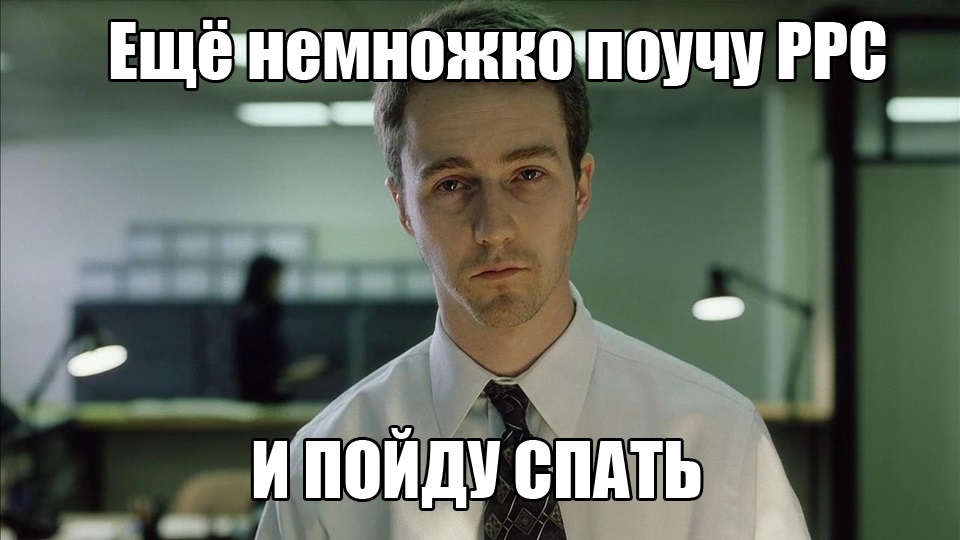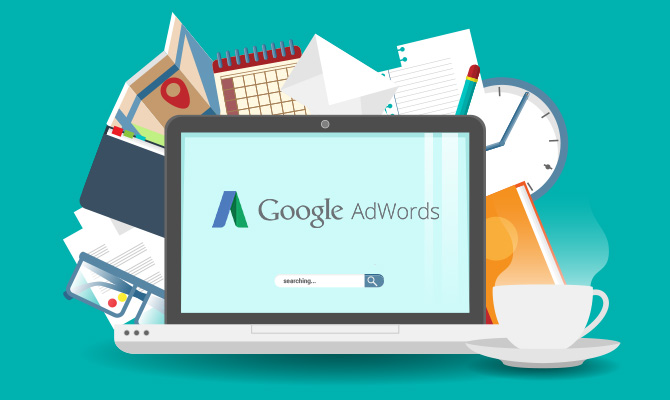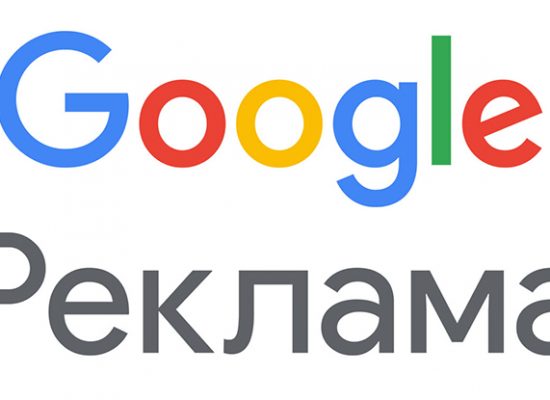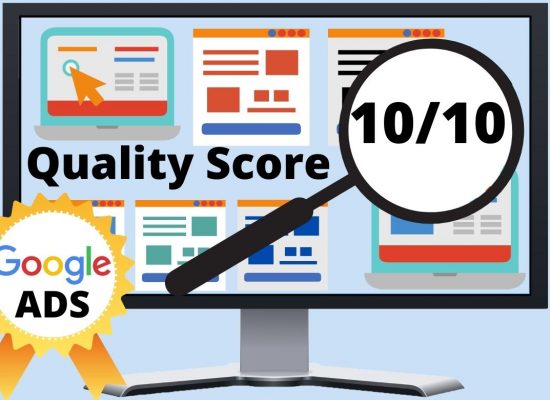This article written by the host SEO Specialist LunaMetrics by Chris Vella, will tell you how to avoid mistakes for a beginner and where, in principle, you should start learning PPC. If you have not made up your mind, but want to try your hand at contextual advertising, the following recommendations will come in handy:
At the beginning of my professional career, I stubbornly considered myself solely an SEO specialist and I never, even in my spare time, had the idea to learn PPC. Time passed, and I was asked to "cheat" with the help of site contextual advertising. I was immediately blown away by the complex user interface, which has so many elements that you can freeze for several days.
Now I can clearly see the shortcomings in my approach. I tried to jump over my head, jump right into the complex and figure it out by pointing at everything, which was naturally a waste of time. It was then that the understanding came - PPC needs to be studied from scratch.
My knowledge (planning, creating, managing campaigns) came from my own AdWords account. And here are the most painful revelations:
-
Create a plan
It's easy to get carried away creating your own account. You can feel yourself being sucked in right away. Don't create an account right away.

First take a piece of paper and a pen. Write down the highest goals that you want to achieve, maybe this sheet will become a light for you in a dark kingdom.
Then draw a suggested structure for your account. How will you shape your campaigns and ad groups and keywords?
So you can start with a small list of keywords, especially such a plan is needed if the budget is large. There are tons of ideas to consider before you find the right layout for your new account. It is important to keep in mind that budgeting and targeting again need to be considered in this planning phase.
-
Simplify
Simplicity will help you, your colleagues and everyone who will manage the campaign in the future. During planning, agree on a clear and concise name for your account. Don't personalize the campaign name. Come up with an obvious but meaningful name. For example, if you have a T-shirt campaign, don't call it "ft" because only you will understand. Call it "t-shirts", everyone will understand it!
When deciding how to structure your account, start simple as well. I do not see the need to create a new campaign for each keyword, it is depressing and reduces the effectiveness of account management.
Remember that you can always remove keywords and ad groups later. Most settings are not permanent. By keeping the look of your account simple, you will be able to quickly grasp the subtleties of PPC. In any case, you will always have time to convert your account to a large one.
“Truth must always lie in simplicity,” wrote Isaac Newton.
-
Don't stop evolving
Once you have successfully planned and built an account, a satisfying sense of accomplishment will come. You will want to click "Enable" and never look at the account again. But you have to develop your account by exploring countless settings.
At this point, you have just sowed the field. Soon, the field will start to grow, and if you don't take proper care of it, it will gobble up your entire budget very quickly.
Account maintenance should begin with building a list of negative keywords. Negative keywords are almost as important as keywords because they are they will reduce the wastage of your account funds.
Next, pay attention to the effectiveness of your advertising campaign. You can: add new keywords or change ads, set automated rules, expand or improve campaign settings based on auction data and quick statistics, apply remarketing, and much more.

There are always ways to improve your account. Do not stop!
Understanding PPC and Google AdWords PPC takes time and research. Use Google Adwords help as a teaching aid.







